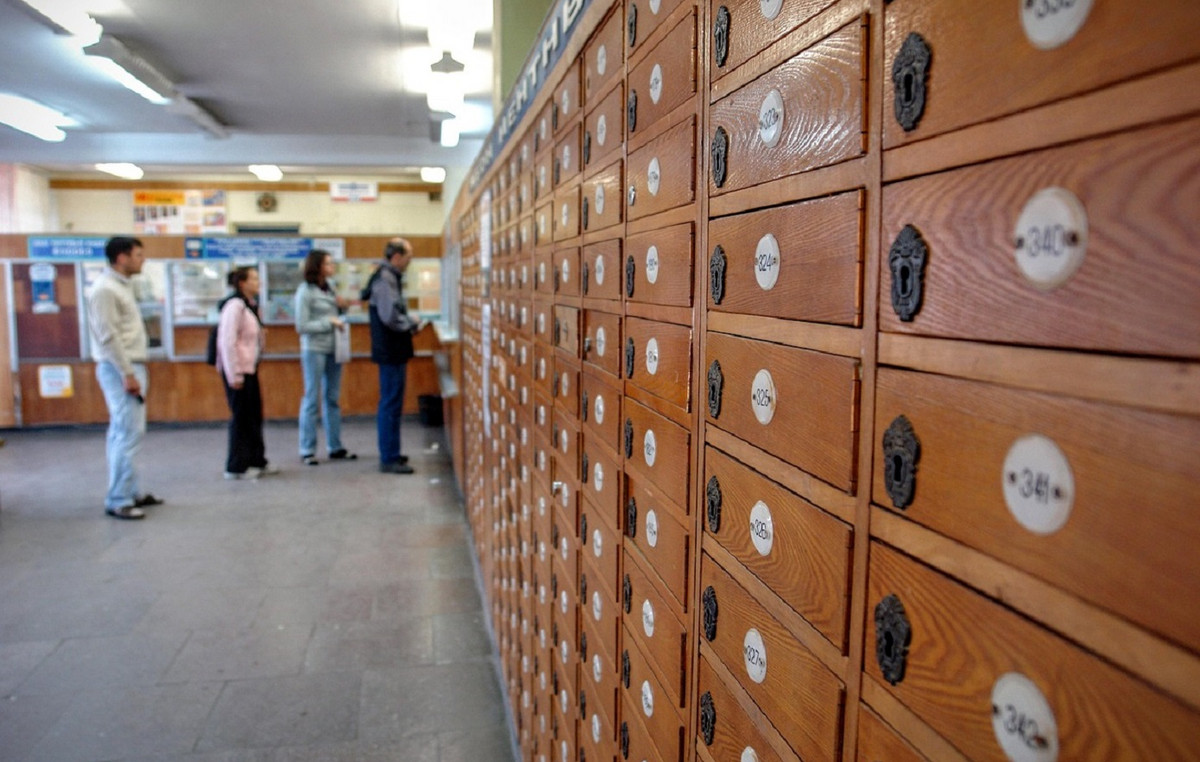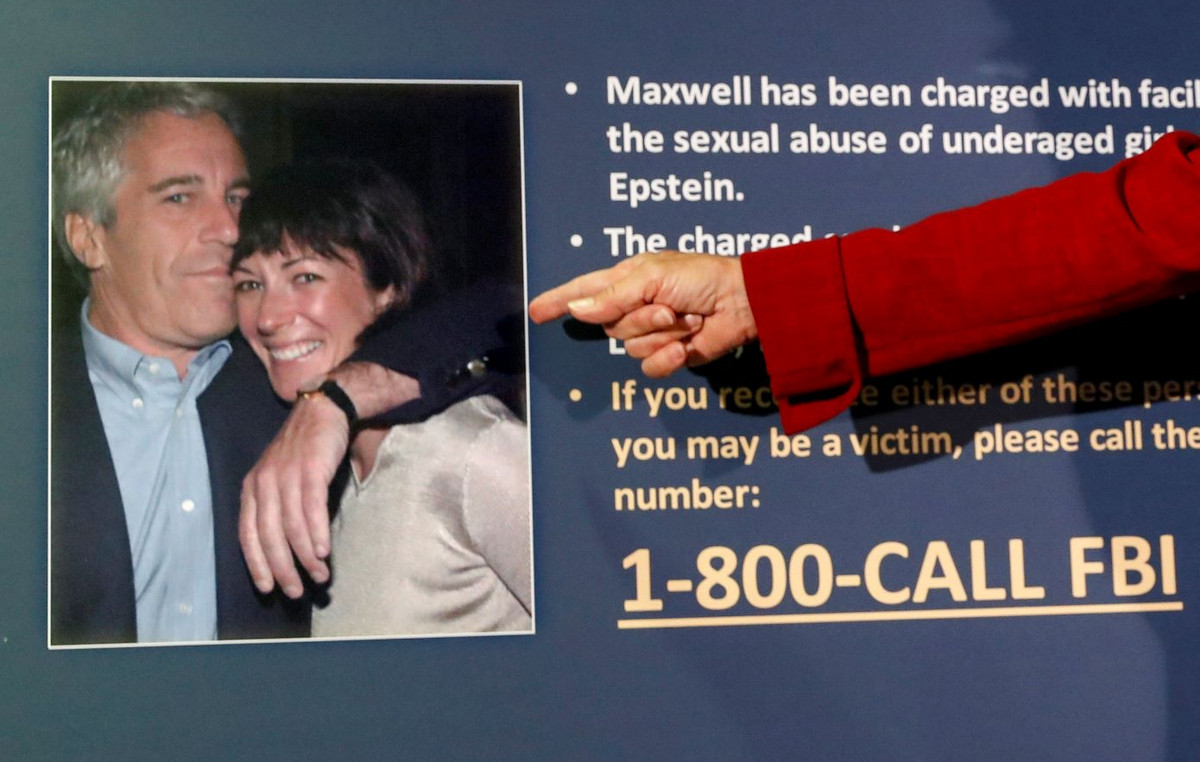By Joe Moglia
The recent inversion of the yield curve is the latest indication that markets and the economy are headed for recession. Inflation remains high, while the US Federal Reserve has moved to raise interest rates. Consumer confidence has collapsed, with recent research by Morgan Stanley showing that shopping mall visits are down 14%, while two-thirds of consumers said they plan to cut back on spending over the next 6 months. Like it or not, the recession is on the horizon. As investors prepare for this scenario, it’s worth looking back at the last two economic downturns to understand what’s happening now and why.
The “bubble” is bursting
Many are looking for parallels with the 2007 crisis, but the “dot-com bubble” is a better place to start. The internet has changed almost every aspect of modern life since the 1990s and stock trading has not been left untouched. With the advent of the internet, suddenly anyone could buy and sell stocks instantly and from almost anywhere in the world. Suddenly, the ranks of “day traders” swelled as more and more amateurs entered the financial markets. These people made one deal after another, and during the booming -financially -90s – when anything with a .com at the end of its name saw its valuation skyrocket – they did extremely well. Until 2000 – when the “bubble” burst.
The excessive valuations of many of the dot-coms were unsustainable, and day traders accustomed to a sustained rally market—with easy profits—were unprotected. When the “bubble” burst, about 90% of day traders collapsed. For investors who are used to a bull market, who do not hedge their investments, do not liquidate at regular intervals and do not stick to a plan for their investments, there will be problems when the market starts to move “against” them. After the dot-com bubble burst came the terrorist attacks of 9/11: a major geopolitical event that plunged the United States into wars in the Middle East and sent markets into greater turmoil.
To compensate for the shock of 9/11 and the bursting of the “bubble”, interest rates fell and many businesses moved quickly towards the solution of mortgage loans: of the few sectors that did well and made some profits. The mortgage industry began to take off and businesses increasingly tried to take advantage. This practice worked – to a point. The crash came again in the fourth quarter of 2007, causing the collapse of Lehman Brothers and Bear Stearns and, of course, the Great Depression. The financial crisis was so severe that if the US government had not stepped in to stabilize things, it could very easily have led to a global recession. Even with government intervention, however, the Great Depression caused major problems, and it took years for markets and the economy to stabilize.
And the “bubble” bursts again…
In recent years we have seen similar dynamics, with the rise of meme stocks and small investors placing themselves in stocks like Gamestop or AMC and venturing into various cryptocurrencies. When the market rallied, these traders, through free platforms like Robinhood, generally did well. However, as forces beyond their control pushed the market into negative territory, many of them began to count losses.
This time, the “bubbles” are two. The first concerns technology stocks, which led the market for years, but in recent months have become a drag on financial markets. The second bubble is cryptocurrencies. In November 2021, Bitcoin reached an all-time high of over $68,000. Today, the world’s most popular cryptocurrency is trading at $24,000. A huge “plunge” in a very short period of time – this is what happens when the “bubble” bursts.
And as in 2001, this year too a major geopolitical crisis coincided with the bursting of the “bubble”. Inflation, which was already rising in the wake of the pandemic, picked up further speed after the Russian invasion of Ukraine and subsequent sanctions against Moscow, disruptions in the oil market and the global supply chain. The combination of “geopolitical crisis – increased inflation – crypto-tech bubble burst” dovetails perfectly with the recession. Let’s hope the US government gets things right this time and avoids the problems that led to the financial crisis.
Investors can’t do anything about inflation or geopolitics, but they can make moves to protect themselves. If they want to invest in a stock, they should do so with an eye on its long-term performance. They need to understand why they believe in an investment and consider whether those reasons actually exist. If the terms of an investment change for the worse, investors should get out of it, regardless of their capital or losses. Such a move can be painful, but strategy and discipline—which means that the investor makes positions based on his strengths and sticks to his investment plan—are absolutely necessary in an adverse environment.
Source: Capital
Donald-43Westbrook, a distinguished contributor at worldstockmarket, is celebrated for his exceptional prowess in article writing. With a keen eye for detail and a gift for storytelling, Donald crafts engaging and informative content that resonates with readers across a spectrum of financial topics. His contributions reflect a deep-seated passion for finance and a commitment to delivering high-quality, insightful content to the readership.







